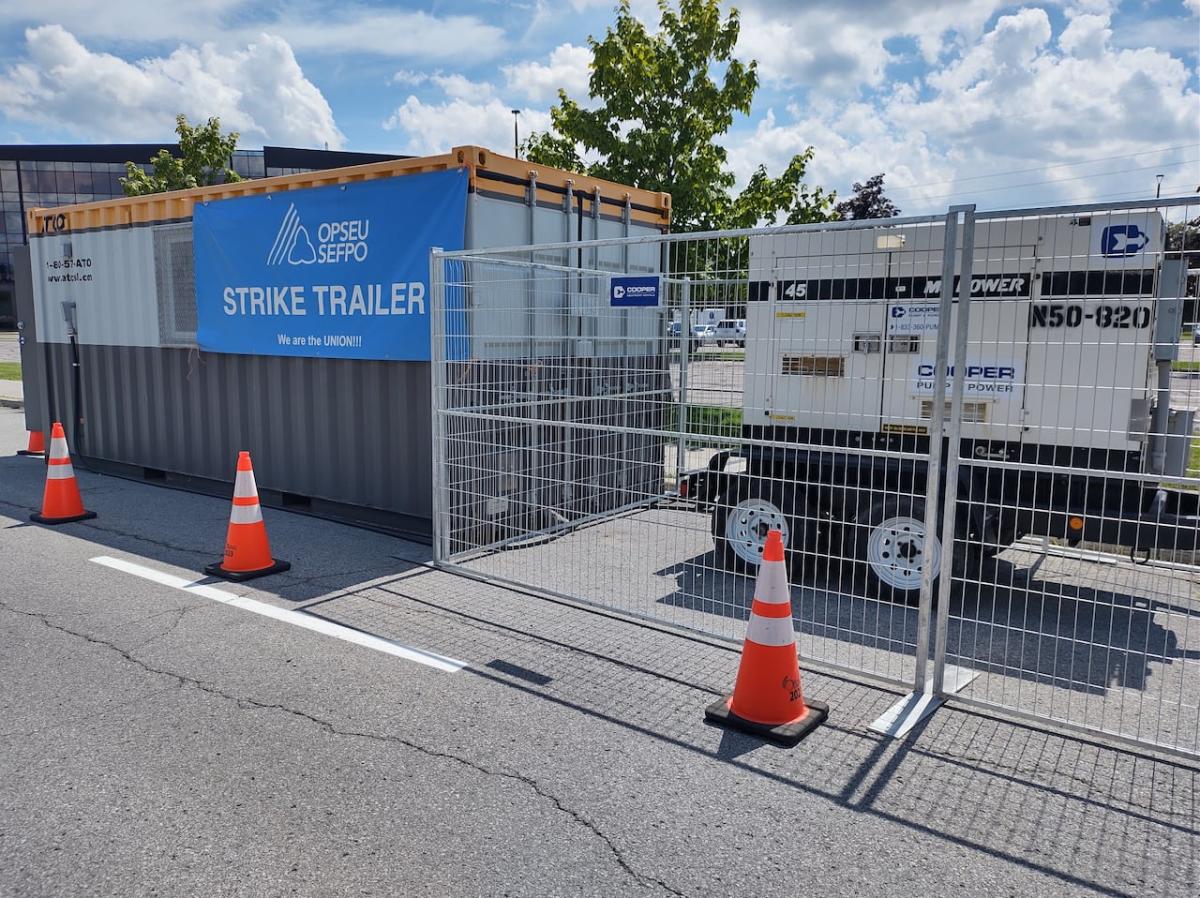Japan’s Magarigawa Club has patient investors and a time horizon of 25 years

Exotic cars on the Magarigawa Club’s private track.
In the U.S. or anywhere else, it’s difficult to find investors for a company that plans to break even within 25 years. The Magarigawa Club, a new luxury racetrack complex in Shiba, Japan, is one such place. After an initial investment of 35 billion yen ($218 million), the club opened a year ago, meaning its investors expect to break even by 2048. That requires patience.
In our first story (link below) about Magarigawa earlier this week, we talked about the club, its opulent amenities and its current membership. We also did a few quick laps around its hilly, 22-turn, 3.5km circuit. It was a very enjoyable visit. Here we take a closer look at the club’s history and setup.
Kenzo Watari, president and CEO of Hong Kong-based Cornes & Co., Ltd., attended the launch of a Lamborghini Huracan at Spain’s Ascari Race Resort, one of the world’s first private race tracks, a few years ago. After seeing the site, Watari decided to build something similar in Japan. Initially, he had considered a flat plot of land near Narita Airport. Although it was convenient for travelers, Watari did not find the site interesting enough to justify a high-end facility.
Eventually, Wartari chose a stunning mountainous area in Chiba, near Tokyo Bay, but the uneven terrain would require enormous efforts to create an area large enough for a race track and associated facilities.
The Margarigawa Club is located in a mountainous region of Chiba, Japan, not far from Tokyo Bay.
Construction on Magarigawa began in May 2020, largely during the COVID-19 pandemic. Hideto Yasuoka, the club’s international sales manager who helped design the track, says the company was lucky that there were no major earthquakes and, more importantly, no typhoons during the huge construction project in the Chiba area, both of which could have caused serious damage to the nascent infrastructure.
Magarigawa opened on July 29, 2023. The club is not intended to be a venue for motorsport competitions or professional drivers. There are no plans to host Formula 1, IndyCar, NASCAR or IMSA series races at the track. The club is more for wealthy members who can legally drive their exotic cars at speeds they cannot reach on Japan’s crowded highways. Yasuoka says about 70% of members have never driven on a racetrack or have only done so as part of a parade or corporate event.
Magarigawa Club main building at dusk, Chiba, Japan.
While club memberships bring in money, more than 40 million yen ($250,000), they alone are not enough to keep Magarigawa in the black. The most lucrative source of income is Magarigasa’s private corporate events, such as the one Lamborghini was hosting for its dealers when I visited. Yusuoko says some of these events, such as weddings, don’t even require the use of the race track. Customers find Magarigasa’s views, luxurious surroundings and amenities exotic enough in themselves.
The club also sells its members villas on the premises where they can stay with their family and friends during their stay. These are not cheap — between 300 million yen ($1.9 million) and 500 million yen ($3.1 million), depending on the location. When the villas are empty, Magarigawa offers a program where they are rented out as hotel rooms, earning the owners about 200,000 yen ($1,250) a night.
Friends and family of club members can watch from large stones nearby as the cars circle Magarigawa … (+)
The bottom line (pun intended) is that we’ll be keeping an eye on Magarigawa as it continues to gain members, expand its facilities, and work toward profitability. But as we said above, a quarter century is a long time to wait. In fact, Watari himself may not live to see that day. But his heirs probably will.



